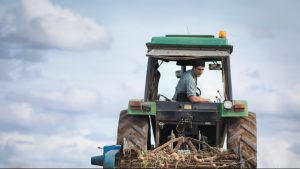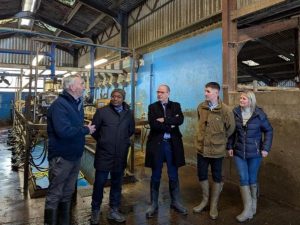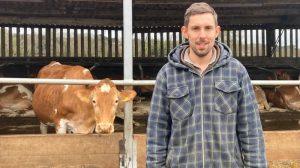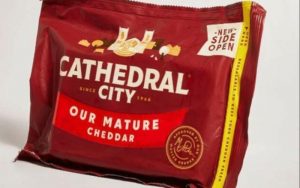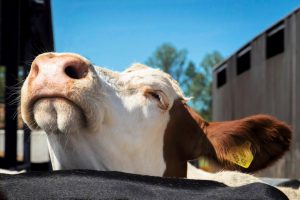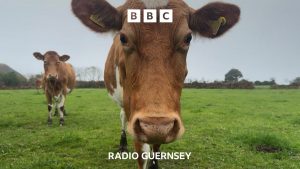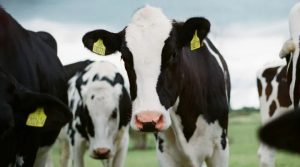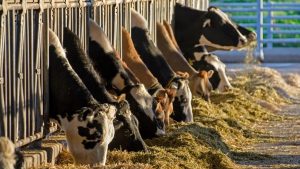
The farming family pride themselves on their high-performance herd of award-winning pedigree Holsteins, namely Lynholme and Bobon Holsteins. But, while their genetically powerful herd were yielding 30 litres/cow/day, the Lawrence family could not understand why they were not pushing on more.
Their nutritional advisor, Joe White, had an idea that, despite feeding good quality silage, the hidden “yield blocker” could be mycotoxins known to reduce feed intake and decrease milk production. So, they decided to carry out an Alltech 37+® mycotoxin analysis to provide a comprehensive picture of mycotoxin contamination in the total mixed ration (TMR).
The results that came back showed the maize was free of mycotoxins, but the TMR was contaminated with Penicillium mycotoxins, which tend to increase rapidly in stored feedstuffs or forages. Penicillium mycotoxins can decrease beneficial microbial populations in the rumen, reduce the synthesis of volatile fatty acids and change microbial protein production. Such effects may result in digestive disorders, decreased milk production or milk quality and compromised reproductive performance.
As a result, the Lawrence family transitioned from their previous clay-based binder to Mycosorb A+® by Alltech. Mycosorb A+ contributes to the control of mycotoxins, reducing the risk factors associated with mycotoxin-induced damage by decreasing mycotoxin absorption within the animal. The mycotoxin binder went to work straight away, and the milk yield went up by 2.5 litres within a week. The herd is now yielding 35 litres/cow/day on average.
Richard Lawrence, who enjoys taking the lead on the feeding regime, explains:
“Mycosorb A+ is now an essential part of our diet as we feel it allows us to feed the cows to reach their genetic potential. Going forward, we plan to maintain herd numbers at the current level but also try to increase cost efficiencies – mainly through heifer replacements and feed utilisation. Increasing milk from forage is going to be key, with the aim to increase litres sold per cow further and improve milk quality at the same time”, concludes Richard.






